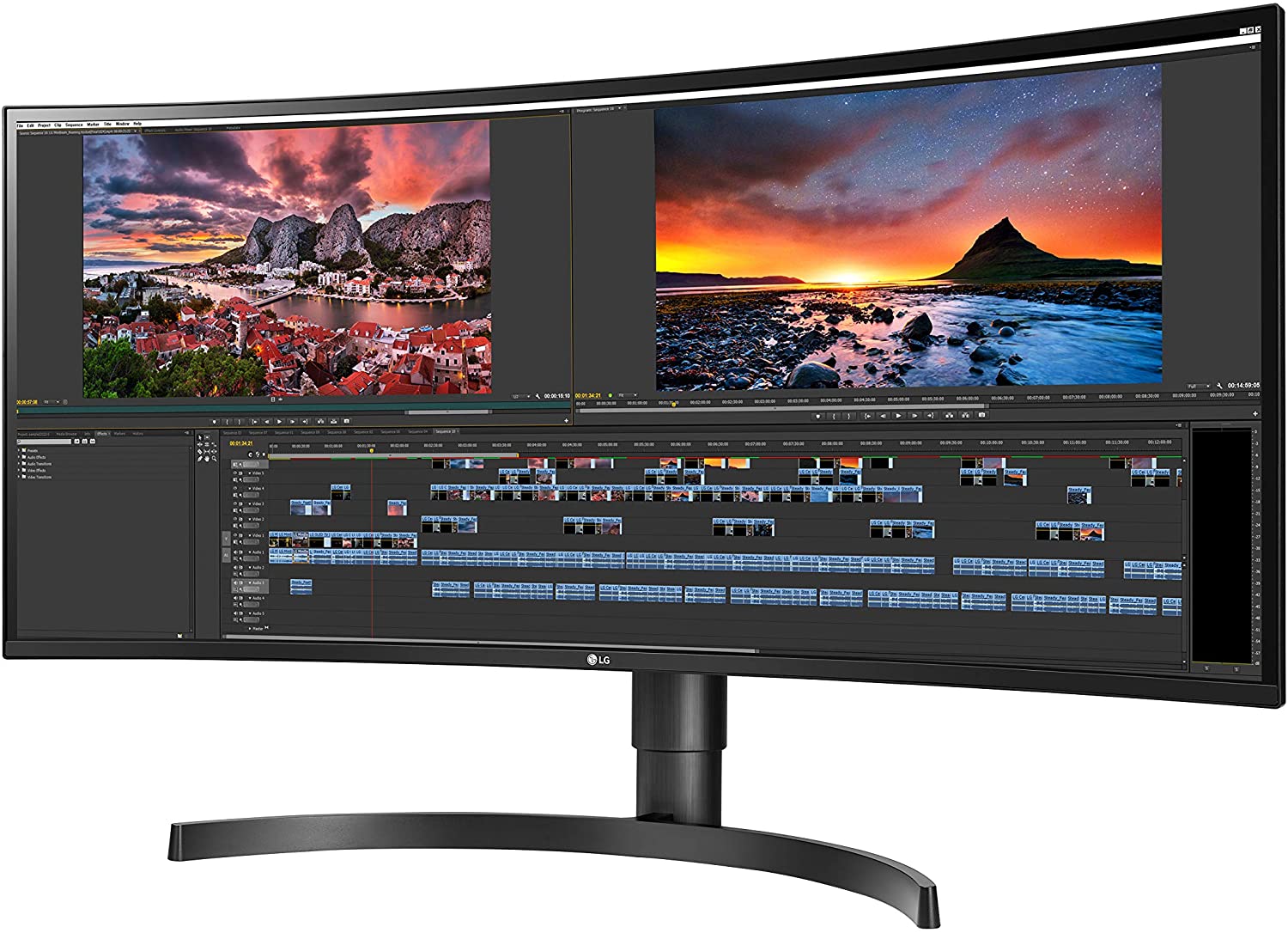Introduction to Curved Monitors
Curved Monitors
Easy on the eyes

Curved monitors are relatively new technology, but they are quickly overtaking flat monitors among discerning users. Why make the upgrade? There are a number of benefits to curved monitors unique to their design, including reduced eye strain and better field of view.
Curved vs. Flat Monitors Compared
- A more immersive experience - Curved monitors take advantage of all three dimensions. Further, they expand on peripheral vision. In contrast, flat monitors, which live up to their namesake and don’t require the use of peripheral vision, offer a weaker immersive experience.
- Less distortion on a curved monitor - The difference between curved and flat-screen distortion comes down to the physics of light projection. Put simply, flat screens blast their images in a straight line, both at the viewers and past their sides. Curved screens, on the other hand, take advantage of their shape, and aim everything at the viewer, thus limiting distortion.
- Curved monitors are comfortable for your eyes - By being able to take in the entirety of a curved screen, even at its largest sizes, your eyes will take advantage of that natural feeling to remain comfortable. All in all, when considering curved vs. flat monitors, bear in mind that your eyes will be able to do their job more comfortably when viewing the former.
- Curved monitors offer a larger perceived field of view - Since a curved screen directs light from all angles towards the viewer’s eye, the idea is that you will be able to take everything in without much ocular exertion. Therefore, if your eyes are more easily covering a larger field of view, as compared to flat screens, then curved monitors will thus feel larger.

